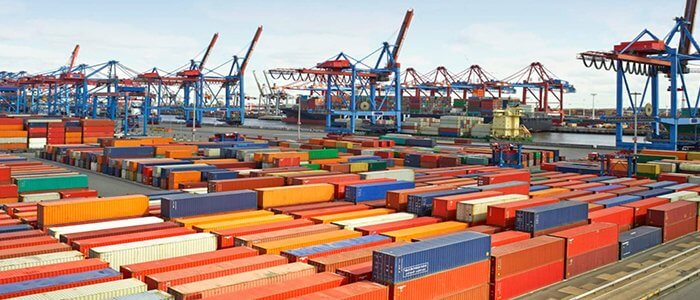Exporting goods involves a complex process that requires meticulous attention to detail, particularly when it comes to customs clearance. In the case of ceramic foam filters, errors in customs declaration information can pose significant challenges.
Identifying the Mistake:
The first step is to promptly identify the errors in the customs declaration. This may include inaccuracies in product descriptions, quantities, values, or other essential details. Once the mistake is recognized, immediate action is crucial to prevent complications upon arrival at the destination port.
Contacting the Export Agent:
The primary responsibility for modifying the customs declaration lies with the export agent. The exporter should notify the agent of the errors and request swift action. The export agent will then work to rectify the mistake in the official documentation and submit the revised information to customs for review.

Collaborating with Customs:
Communication with customs authorities is vital during this process. The export agent should liaise with customs officials, explaining the situation and providing the corrected information promptly. It is essential to be transparent and cooperative to facilitate a smoother review process.
Contacting the Import Agent:
Simultaneously, the exporter must reach out to the import agent at the destination port. Cooperation with the import agent is crucial for ensuring that the corrected information is synchronized on both ends. The import agent should be provided with the updated documentation to avoid delays and complications during the clearance process.
Explaining the Situation to the Consignee:
In parallel with the actions taken by the export and import agents, the exporter should communicate the situation with the consignee. Timely and transparent communication helps manage expectations and allows the consignee to be prepared for any necessary modifications. Providing the consignee with the corrected documentation and updates on the situation is essential.
Active Collaboration for Corrections:
Both the consignee and the import agent should be actively involved in the correction process. Any additional information or clarification required by customs should be promptly provided. This collaborative effort ensures that the necessary modifications are made seamlessly, minimizing potential delays.
Monitoring the Transit Progress:
Throughout the correction process, it is crucial to monitor the progress of the shipment. Regular updates from both export and import agents, as well as communication with the consignee, help maintain transparency and ensure that all parties are informed about the status of the correction process.
Conclusion:
Navigating the customs clearance process for ceramic foam filters, or any other export goods, requires proactive measures when errors occur in declaration information. By promptly involving export and import agents, communicating with customs, and keeping the consignee in the loop, exporters can rectify mistakes even if the ship has already set sail. Timely and collaborative efforts are key to ensuring a successful customs clearance process and minimizing potential disruptions.


